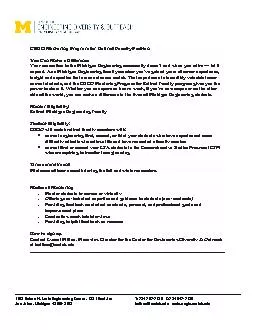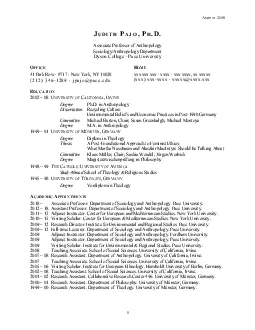PPT-Faculty of Engineering Technology
Author : lois-ondreau | Published Date : 2016-02-24
amp Research Isroli Afwa Construction Faculty of Engineering Technology amp Research Isroli Afwa Name Enrollment no Roll no Utsav Patel 130840106046 02 Akash
Presentation Embed Code
Download Presentation
Download Presentation The PPT/PDF document "Faculty of Engineering Technology" is the property of its rightful owner. Permission is granted to download and print the materials on this website for personal, non-commercial use only, and to display it on your personal computer provided you do not modify the materials and that you retain all copyright notices contained in the materials. By downloading content from our website, you accept the terms of this agreement.
Faculty of Engineering Technology: Transcript
Download Rules Of Document
"Faculty of Engineering Technology"The content belongs to its owner. You may download and print it for personal use, without modification, and keep all copyright notices. By downloading, you agree to these terms.
Related Documents














